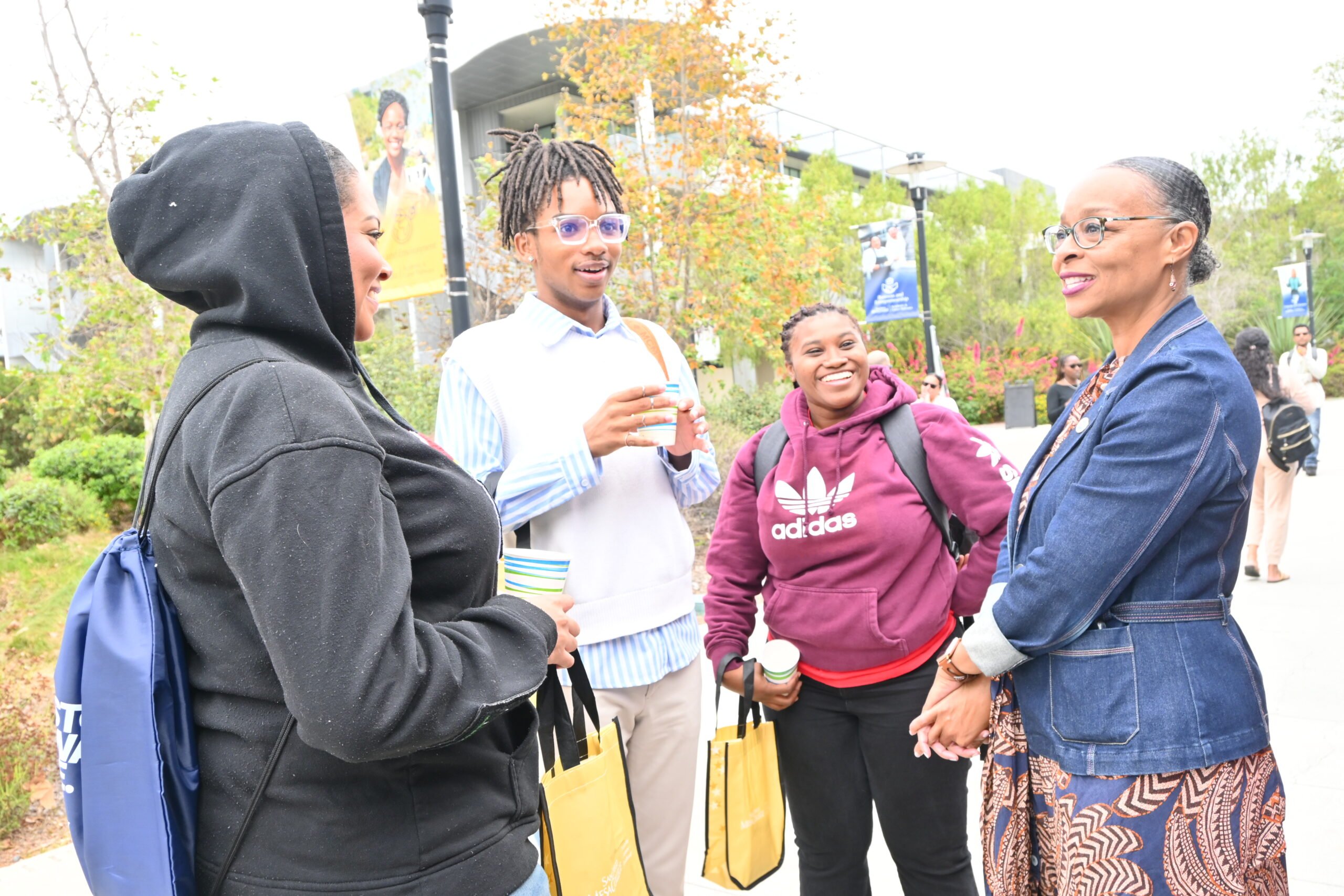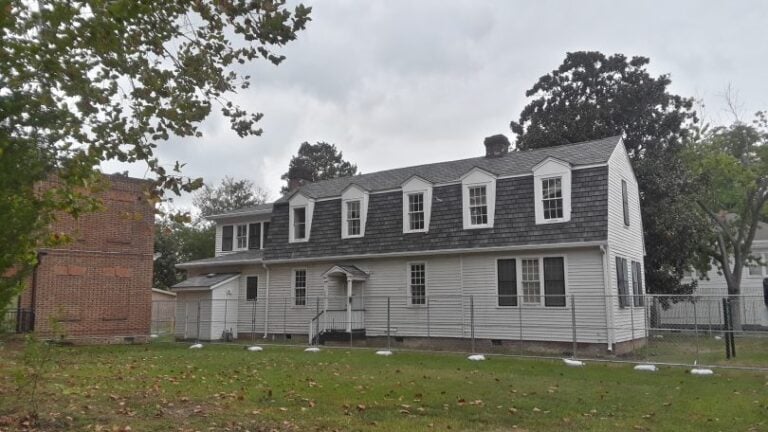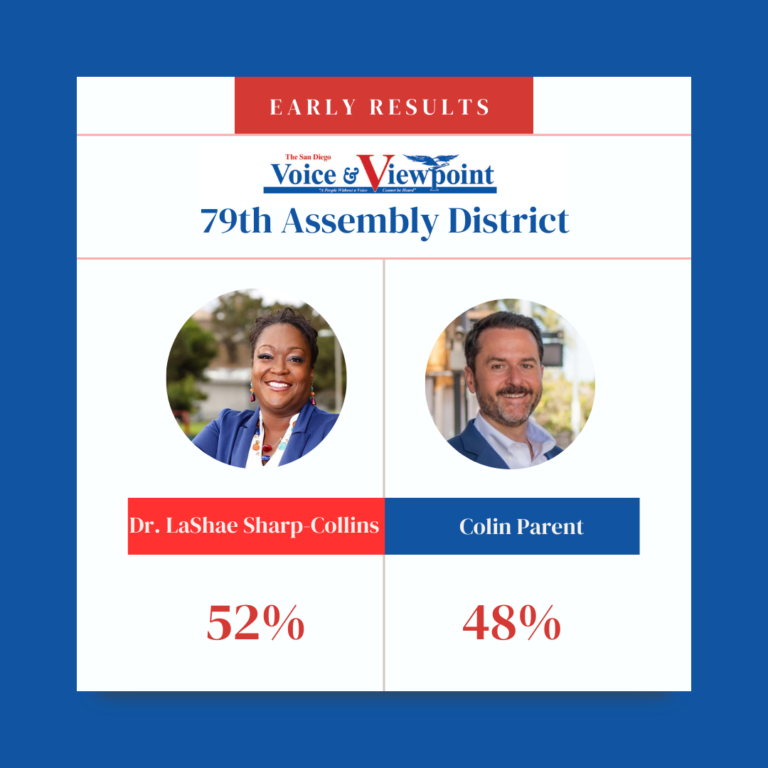(CNN) — Donald Trump has been reelected to the White House as a convicted felon who is awaiting sentencing in his hush money case in New York and still working to stave off prosecution in other state and federal cases.
It’s an extraordinarily unique position for him to be in: Never before has a criminal defendant been elected to the nation’s highest office, just as an ex-president had never been criminally charged until last year.
Trump has said multiple times he plans to fire special counsel Jack Smith and end the federal cases against him for trying to overturn the 2020 presidential election and mishandling classified documents.
“It clearly paid off to aggressively push to delay these cases as long as possible,” said Jessica Levinson, a constitutional law professor at Loyola Law School.
In the meantime, a judge in New York is set to sentence the former president later this month after holding off on handing down the punishment ahead of Election Day to avoid any appearance of affecting the outcome of the presidential race – though Trump’s lawyers are expected to ask the judge to put off the sentencing now that he’s the president-elect.
Trump has pleaded not guilty to all charges. Here’s what to know about the four criminal cases:
New York sentencing
Trump is scheduled to appear in a New York courtroom on November 26 to receive a sentence for his conviction earlier this year on 34 counts of falsifying business records to cover up a hush money payment made during the 2016 campaign to adult-film star Stormy Daniels, who alleged a prior affair with the president-elect. (Trump denies the affair.)
Whether that sentencing happens at all remains an open question.
Judge Juan Merchan has given himself a November 12 deadline to decide whether to wipe away the conviction because of the Supreme Court’s decision this summer granting a president some presidential immunity. If Merchan does that, the charges would be dismissed, and Trump would not be sentenced.
But if the judge decides to keep the conviction intact, the former president’s lawyers are expected to ask Merchan to delay Trump’s sentencing so they can appeal. And if that’s not granted, his attorneys are planning to appeal the immunity decision to state appellate courts and potentially all the way to the US Supreme Court to ask the courts to delay Trump’s sentencing until all appeals are exhausted, which could take months.
Should Merchan move ahead with sentencing, Trump could be ordered to serve as much as four years of prison time, but the judge is not required to sentence the president-elect to prison, and he could impose a lesser sentence, such as probation, home confinement, community service or a fine.
Any sentence, of course, will be complicated by the fact that Trump is set to take office on January 20, 2025. Trump’s lawyers are likely to shape their appeals to raise constitutional issues challenging whether a state judge can sentence a president-elect, which could tie the case up in courts for years.
Since it is a state case, Trump does not have the power to pardon himself next year after he is sworn into office.
Federal cases in DC and Florida
Trump’s election victory is poised to have the greatest impact on the two federal criminal cases brought against him by Smith in Washington, DC, and Florida.
Since the cases were brought in 2023, Trump’s main legal strategy has been to delay the trials until past the election so that, if elected, he could fire Smith, leading to the end of the two cases. In late October, the former president said he would take such a step without hesitation.
“Oh, it’s so easy. It’s so easy,” Trump said when asked by conservative radio host Hugh Hewitt whether he would “pardon yourself” or “fire Jack Smith” if reelected.
“I would fire him within two seconds,” Trump said.
Dismissing Smith would allow the Department of Justice and Trump’s attorney general to move to drop the charges against him and end the court cases.
But until Inauguration Day on January 20, Smith has time to weigh his options on issues the department has never had to confront before.
One early hurdle is whether the Justice Department’s Office of Legal Counsel considers a president-elect to be covered by the same legal protection against prosecution as a sitting president. That guidance would determine the next course of action, people briefed on the matter told CNN.
More than half a dozen people who are close to the special counsel’s office or other top Justice Department officials told CNN they believe Smith doesn’t want to close shop before being ordered to do so or being pushed out by Trump.
Under federal law, Smith must provide a confidential report on his office’s work to the attorney general before he leaves the post.
In the DC case, Smith charged Trump over his efforts to overturn his election loss in 2020. The case was stalled for months as Trump pressed federal courts to grant him presidential immunity, and in July the Supreme Court issued a historic ruling that said he had some immunity from criminal prosecution.
The federal judge overseeing the trial has been deciding how much of Trump’s conduct at the center of the case is shielded by immunity after prosecutors last month laid out their arguments for why the ruling should have no impact on the case.
The charges brought by Smith against the president-elect in Florida accuse Trump of illegally taking classified documents from the White House and resisting the government’s attempts to retrieve the materials. That case was thrown out in July by Judge Aileen Cannon, but prosecutors have appealed her ruling, which said that Attorney General Merrick Garland’s appointment of Smith violated the Constitution.
Georgia RICO case
The immediate fate of Trump’s criminal case in Georgia largely hinges on whether Fulton County District Attorney Fani Willis, a Democrat, is disqualified from prosecuting the matter after her prior romantic relationship with a fellow prosecutor. But even if she is allowed to continue prosecuting Trump, the case would almost certainly imperiled now that he has been elected.
The criminal charges again Trump for attempting to overturn the 2020 presidential election results are effectively on hold while the appeals court decides whether to disqualify Willis, a decision that is not expected until 2025.
If Willis is removed, sources told CNN they think it’s unlikely another prosecutor will want to take up the case and it will effectively go away.
Sources familiar with the case said it is unlikely that a state-level judge would allow proceedings to continue when Trump is president and, in that scenario, Trump’s attorneys would certainly move to have the case dismissed.
There is no clear answer as to whether a state-level prosecutor, like Willis, can prosecute a sitting president. Trump’s victory now forces Willis to confront that constitutional question in addition to the existing legal issues that have already cast uncertainly over the Georgia case’s future.
Civil suits
The former president is also defending himself in a litany of civil lawsuits, including ones concerning his role in the January 6, 2021, attack on the US Capitol, two E. Jean Carroll defamation cases, and a civil fraud case brought by the New York attorney general where Trump was ordered to pay nearly $454 million in damages.
In September, state and federal appeals courts in New York heard arguments for two of Trump’s civil appeals.
Trump lost two defamation cases to Carroll in 2023 and 2024 in federal court after a jury found him liable for sexually abusing the onetime columnist and subsequently defaming her. Two juries awarded Carroll $5 million and $83 million.
A federal appeals court heard Trump’s appeal to dismiss the first Carroll verdict in September. The court has yet to issue a decision.
Later in the month, a state appeals court heard arguments in Trump’s efforts to dismiss the $454 million civil fraud judgement against him, in which a judge found he, his adult sons and his company fraudulently inflated the value of Trump’s assets to obtain better loan and insurance rates.
The five-judge appeals court appeared open to at least lowering the fine levied against Trump, though it also has yet to issue a decision. That ruling can be appealed to New York’s highest appellate court.
Trump is also still facing civil lawsuits brought by Democratic lawmakers and others over his role in the January 6 Capitol attack.
It’s possible that all these cases continue to play out even as Trump serves his second term in the White House. In a 1997 Supreme Court ruling stemming from a civil lawsuit then-President Bill Clinton was involved in, the justices unanimously decided that sitting presidents could not invoke presidential immunity to avoid civil litigation while in office.
CNN’s Katelyn Polantz contributed to this report.
The-CNN-Wire
























